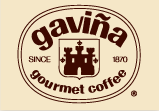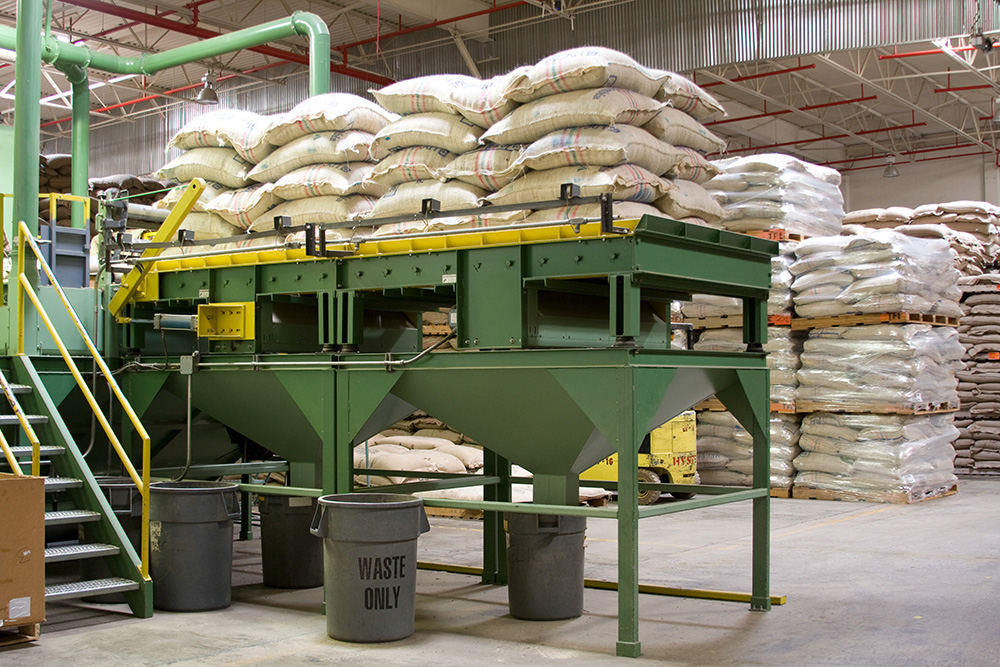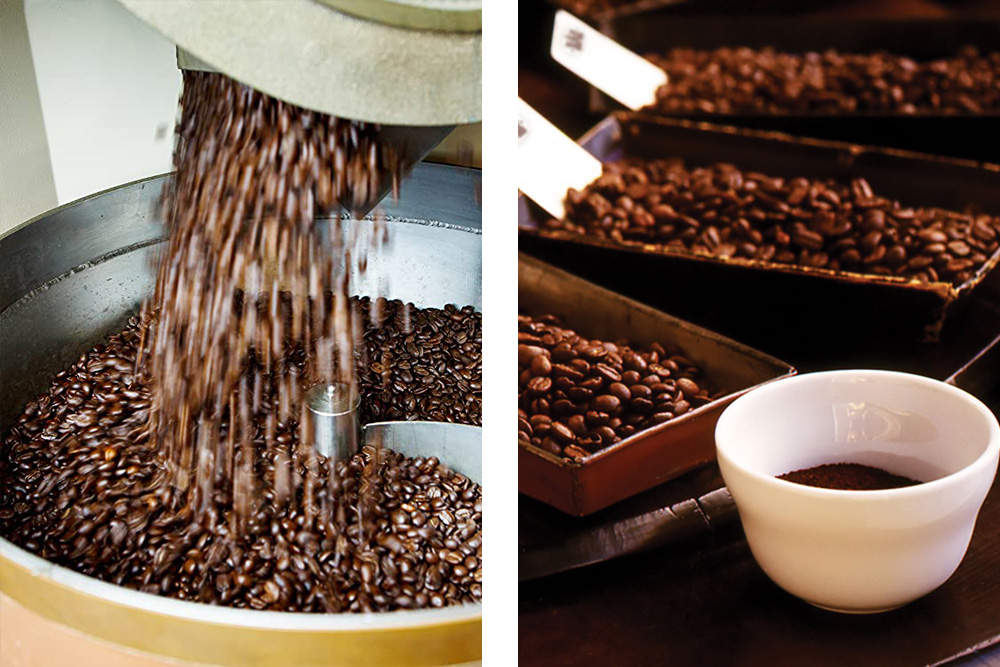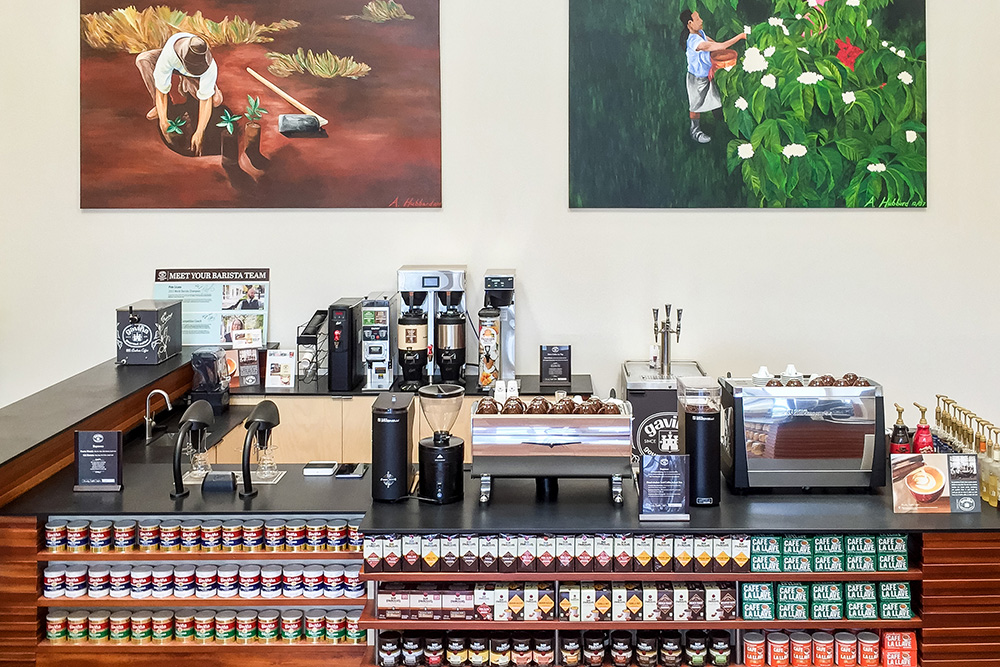Welcome to the Gaviña Plant
Our premier coffee roasting facility in Vernon, California covers more than 240,000 square feet of space and can handle up to 60 million pounds of coffee. If you visit our location, you’ll find that we rely on both high-tech equipment and hands-on experience to ensure our coffee is perfectly prepared. Here’s a look at the process, step-by-step.







